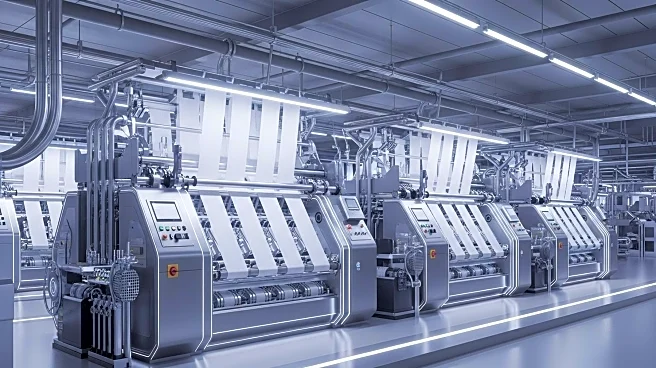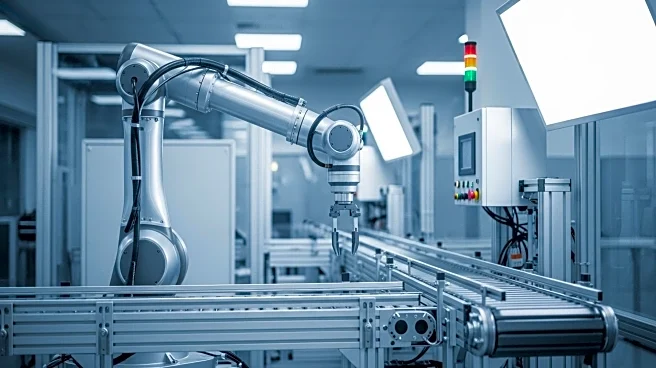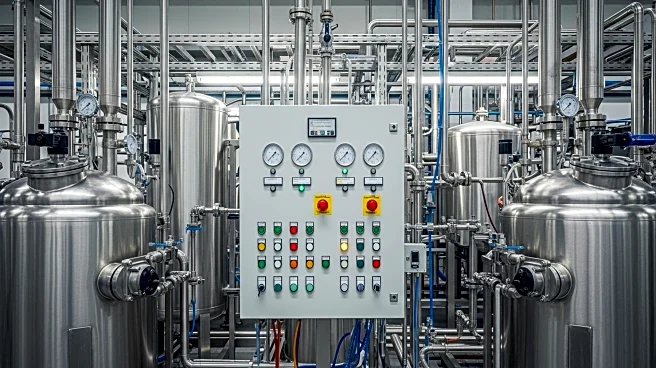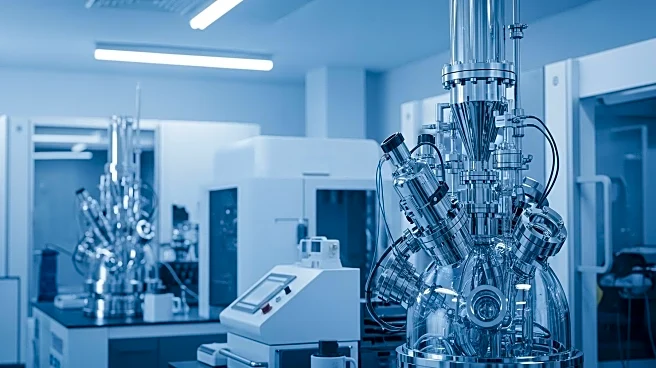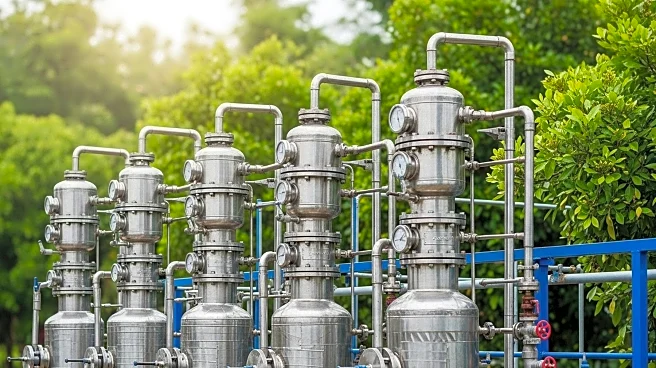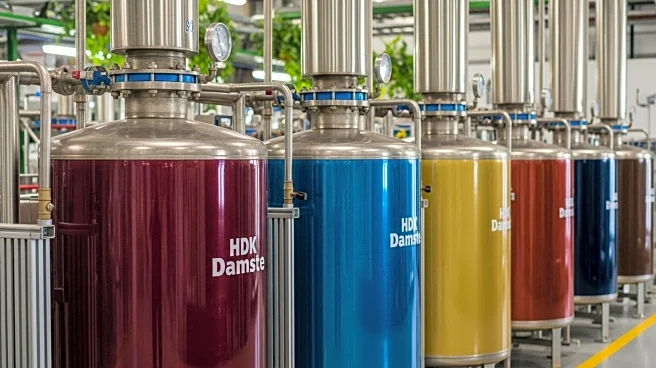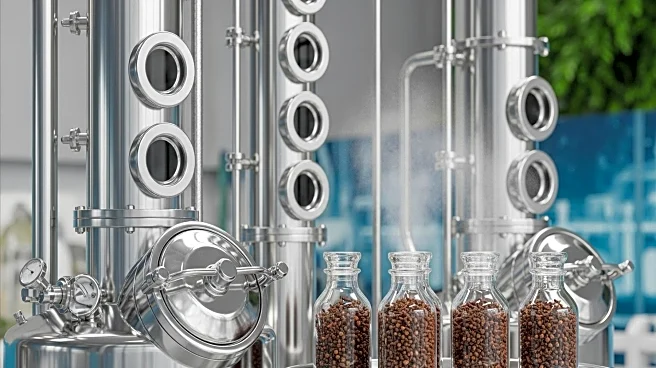What is the story about?
What's Happening?
IMARC Group has published a comprehensive report detailing the setup costs and industry trends for establishing an aramid fabric manufacturing plant by 2025. Aramid fabric, known for its high strength, heat resistance, and lightweight properties, is widely used in sectors such as defense, aerospace, automotive, and industrial safety. The report outlines the necessary steps for setting up a manufacturing plant, including sourcing raw aromatic polyamide fibers, spinning, weaving, and finishing processes. It emphasizes the importance of specialized machinery, skilled technical staff, and compliance with safety standards. The report also provides insights into market trends, highlighting the growing demand for protective clothing and high-performance materials, driven by technological advancements and increased awareness of worker safety.
Why It's Important?
The aramid fabric industry is poised for steady growth due to rising demand from key sectors such as defense and aerospace. This growth is fueled by technological advancements in fiber production and increased awareness of safety standards. The report by IMARC Group serves as a crucial resource for investors and manufacturers looking to capitalize on this expanding market. It provides detailed economic analyses, including capital and operational expenditure projections, which are essential for making informed investment decisions. The industry's expansion is likely to create opportunities for job creation and technological innovation, benefiting both the economy and public safety.
What's Next?
Investors and manufacturers interested in entering the aramid fabric market will need to consider several factors outlined in the report, such as securing high-quality raw materials and complying with safety and environmental standards. The report suggests that technological improvements and government incentives could further drive industry growth. Stakeholders may need to address challenges such as high initial capital costs and competition from established manufacturers. As the industry grows, there may be increased collaboration between sectors to enhance product development and market reach.
Beyond the Headlines
The report highlights potential challenges for investors, including fluctuating raw material costs and the need for skilled labor. It also underscores the importance of compliance with safety and environmental standards, which could influence regulatory policies and industry practices. The expansion of the aramid fabric industry may lead to increased research and development efforts, fostering innovation in material science and engineering.
AI Generated Content
Do you find this article useful?
